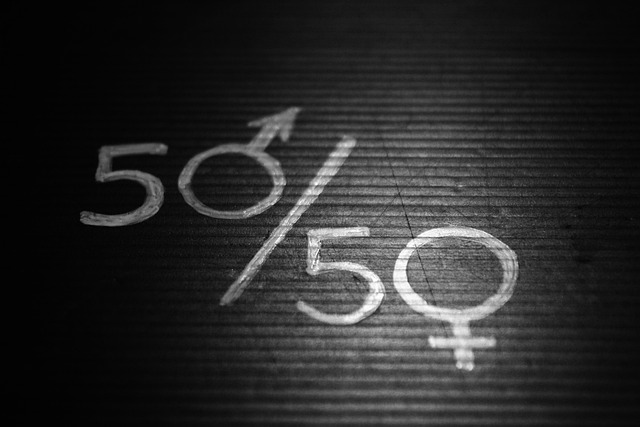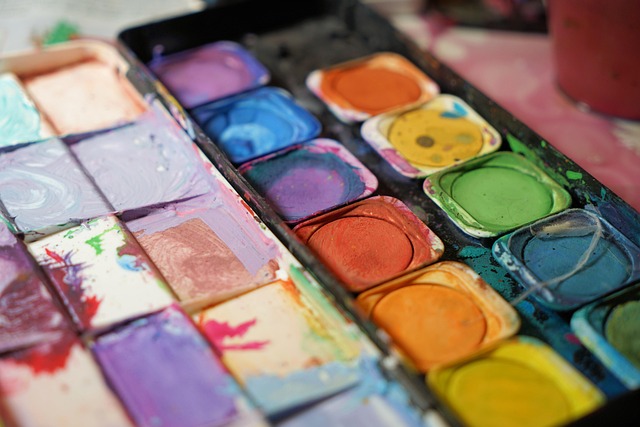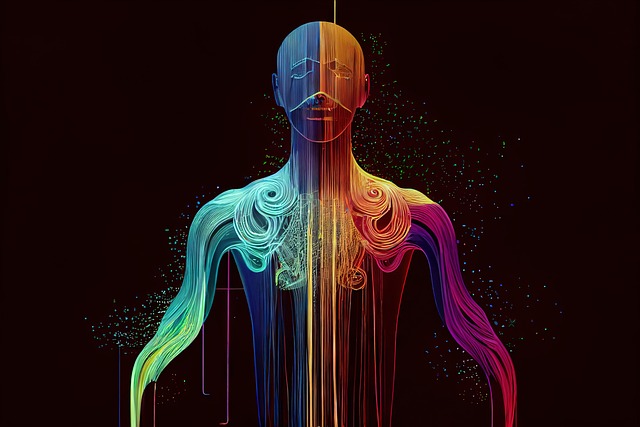The Art of Typography: Exploring the Impact of Fonts in Design
Typography is more than just putting text on a page; it’s an art form that shapes the way we communicate visually. The fonts we choose can evoke emotions, set a tone, and create visual hierarchies that guide the reader’s experience. Just as a painter selects their palette, designers curate their typefaces with intention, knowing that every choice carries weight.
The Emotional Weight of Fonts
Each font has its unique personality. A bold serif may convey trust and tradition, reminiscent of established institutions, while a sleek sans-serif often feels modern and fresh. For instance, the playful curves of a script font can evoke feelings of warmth and friendliness, making it a popular choice for personal invitations or creative brands. In contrast, a minimalist typeface can help convey sophistication and clarity, ideal for tech startups or luxury products.
Typography in Design Contexts
Design isn’t just about aesthetics; it’s about crafting an experience. Consider a website. A misaligned or poorly chosen font can result in a frustrating user journey, while thoughtful typography enhances readability and engagement. Whether it’s a printed advertisement or a digital interface, the right font acts as the silent ambassador of the brand, communicating its values before a single word is read.
Combining Fonts: The Artful Balance
One of the most challenging yet rewarding aspects of typography is the art of pairing fonts. Selecting two contrasting typefaces that harmonize can elevate a design from mundane to exceptional. For example, a classic serif for headlines paired with a clean sans-serif for body text can create a dynamic and pleasing visual tension. This careful balance not only enhances the aesthetic appeal but also aids in guiding the reader through the content seamlessly.
The Psychological Impact of Typeface Choices
Research shows that the fonts we use can influence our perceptions and behaviors. For instance, a study found that people tend to trust information more when it’s presented in a serif font than a sans-serif font. This phenomenon exemplifies the psychological underpinnings of design decisions. A designer’s choice of font can assert authority, evoke nostalgia, or inspire action—all through the subtle manipulation of type.
Typography as a Form of Artistic Expression
Ultimately, typography is a blend of art and communication. It allows designers to push the boundaries of creativity while fulfilling the practical needs of readability and accessibility. The interplay of fonts in design is a dance; it requires understanding, patience, and a bit of daring to create compositions that are both visually striking and functional.
As you dive deeper into the world of typography, remember that each font carries a story. Your job as a designer or a creative enthusiast is to choose that story carefully, articulate it through your designs, and let it resonate with your audience. Embrace the art of fonts in your creations, and watch them transform your work into something truly impactful.




